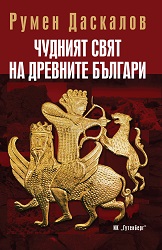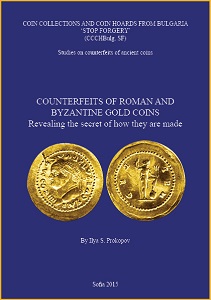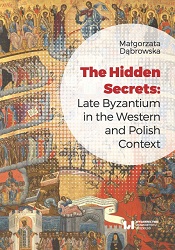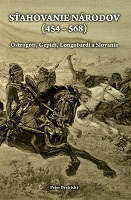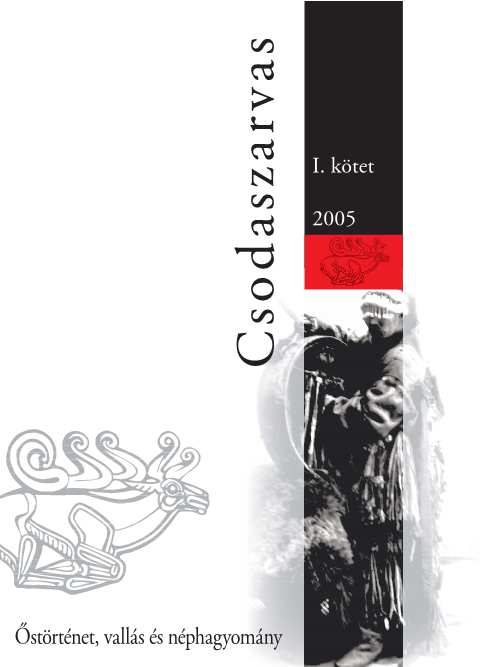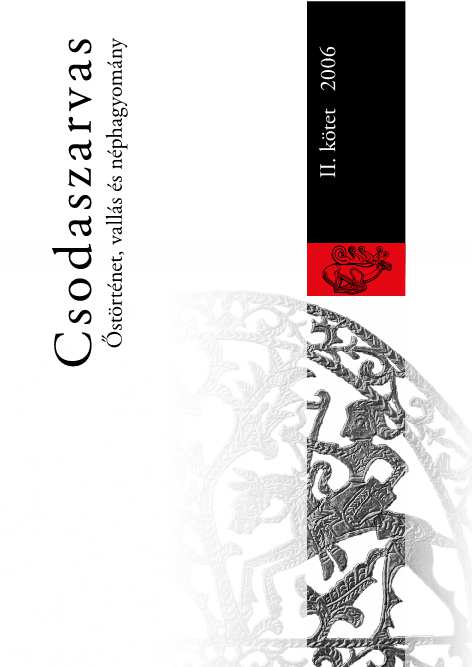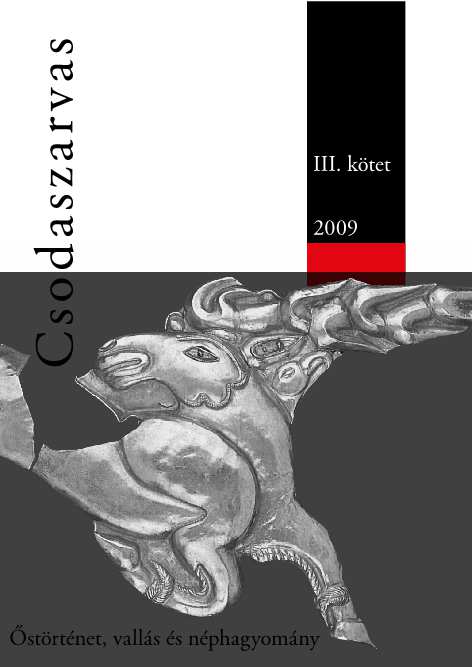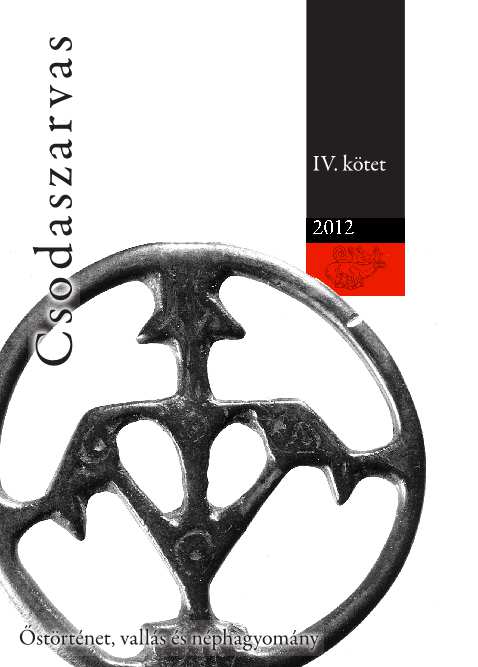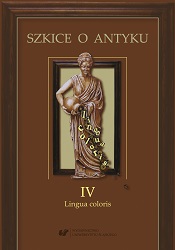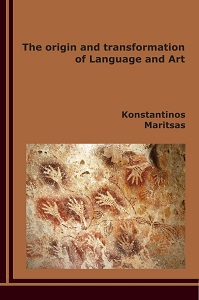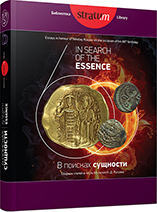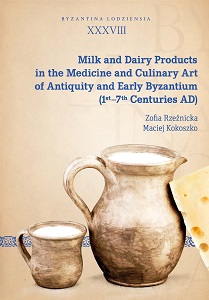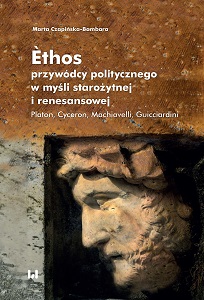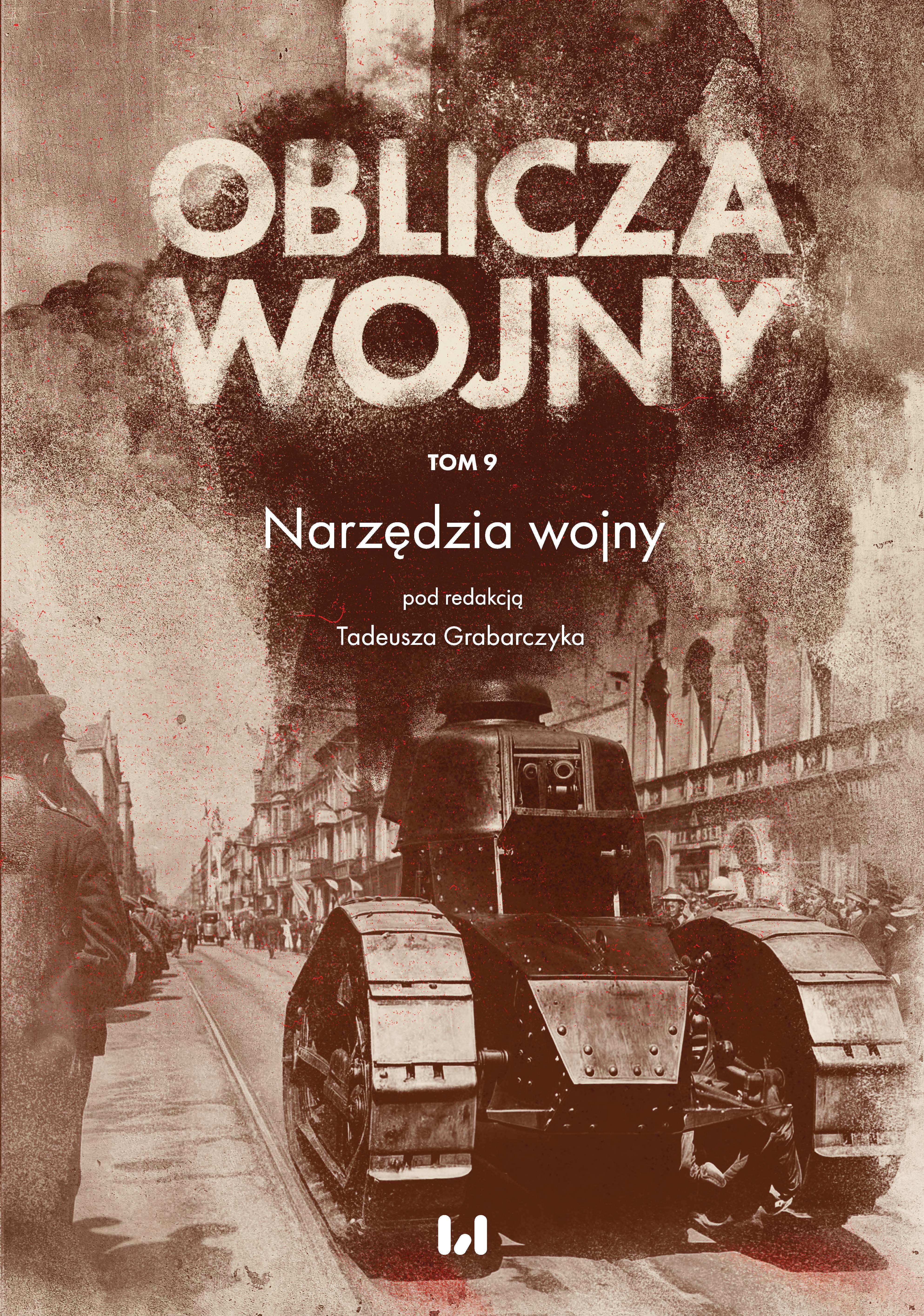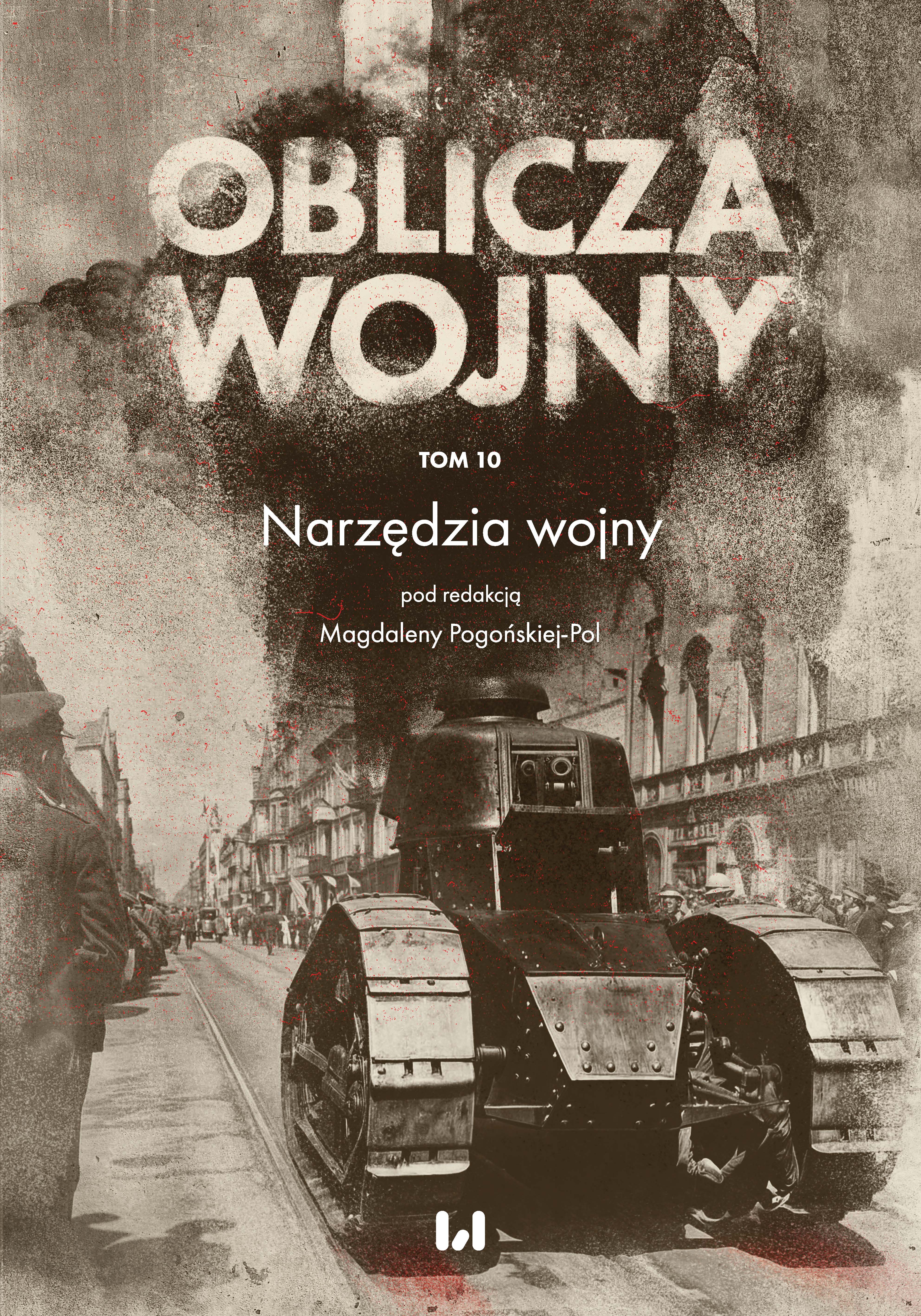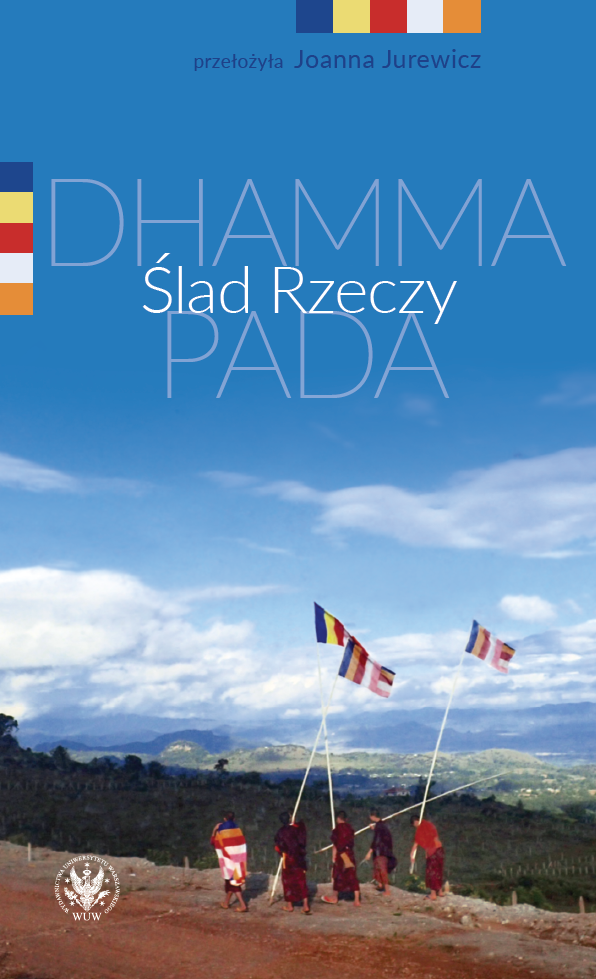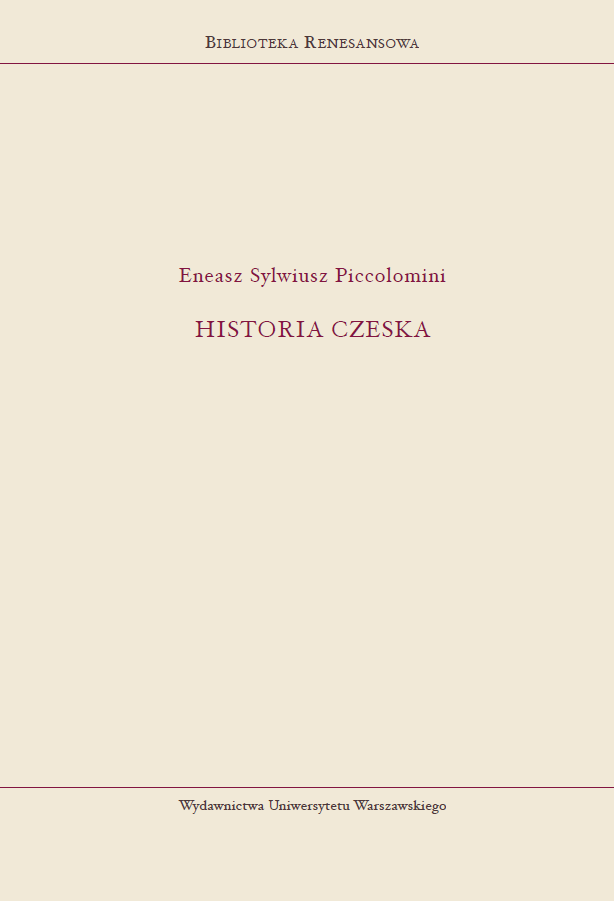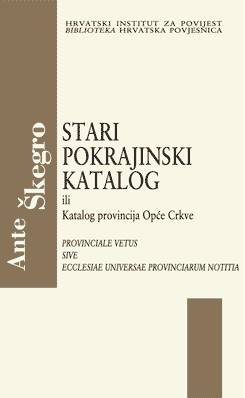
Stari pokrajinski katalog ili Katalog provincija Opće Crkve
Provinciale vetus sive Ecclesiae universae provinciarum notitia is a complex source in which one of the oldest catalogues of the Catholic bishoprics can be found. The source was dated in the period of Charlemagne (768-814) and grouped together with documents and codexes from his era, inspite the fact that some data are from the later centuries. It is evident that content and structure of this source is very complex, including the data form different periods: we can identify several authors and redactors of the source. Also, we can compare this source with the Liber censum Romanae Ecclesiae, a list of the bishoprics, abbeys, chapters and some lay institutions subjected to the Roman Church, which had the financial and other obligations towards it. This document was written in 1192 by papal chamberlain Sabellus Cencius. Provinciale vetus sive Ecclesiae universae provinciarum notitia is rich with data form early-medieval Christian history. The analysis of its content shows that this source contains documents from different periods. It is evident that already in the early-medieval period the author who was not really a connoisseur of religious and political history revised it. This conclusion was made already by an editor who published Medieval sources in the mid-19th century. The publication was equipped with rich critical apparatus, but remains unclear why the source Provinciale vetus sive Ecclesiae universae provinciarum notitia, containing documents from later periods, was published together with the documents and codexes from the period of Charles the Great. Some authors have been ignoring this source, or have used its information in a negative sense. This source, however, should be used by researches of the Late Antiquity and Early medieval History in comparison with other sources and using critical methodology .
More...
